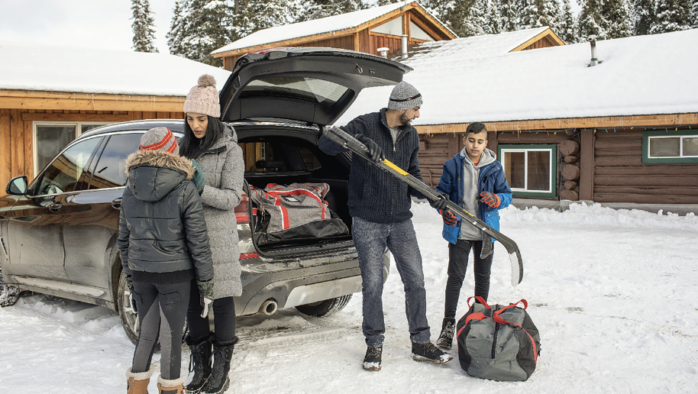
Submitted
September saw the highest number of active short-term rentals out of any month on record.
So are debates over how to regulate them
By Carly Berlin/VTDigger
Editor’s note: Report for America corps Carly Berlin wrote this story in partnership between VTDigger and Vermont Public.
A new data analysis by the Vermont Housing Finance Agency found the number of homes listed on platforms like Airbnb and VRBO has grown rapidly over the last several years, following a brief pandemic downturn.
In September, Vermont saw the highest number of active short-term rentals out of any month on record: 11,747, a 16% increase relative to the same month last year, according to VHFA’s data analysis released in late October.
As the industry has boomed, more and more towns are grappling with short-term rentals’ impact on the availability of year-round housing — and debating approaches for how to track and regulate them. Meanwhile, short-term rental industry advocates argue towns, and the state, should gather more data before imposing restrictions.
The finance agency’s analysis shows that the number of active short-term rentals statewide has increased markedly over the last three years. The agency purchases private data from AirDNA, a site that aggregates rental listings from platforms like Airbnb and VRBO, and looks only at full-unit rentals, rather than partial-units such as a bedroom in a home.
Ski towns have the highest number of these rentals, according to VHFA’s analysis: Stowe, Killington, Ludlow, Dover, and Warren were the top five. Stowe, a town of a little over 5,000, had close to 1,000 active short-term rentals as of September.
The amount of Vermont’s housing stock used for short-term rentals is relatively small. According to VHFA, these rentals account for about 3.6% of the state’s total housing stock. About 16% of Vermont homes are seasonal or vacation homes, according to the U.S. Census Bureau.
Because data on short-term rentals and information on seasonal and vacation homes come from different sources, it’s difficult to deduce how they map onto each other, said Nate Lantieri, research coordinator at VHFA. The agency also lacks data on how properties have historically been used, making it hard to track how many long-term units might be flipping to vacation use, and how the increasing number of short-term rentals might impact the year-round rental market.
But even slight shifts can have an outsized effect when the year-round rental market is extremely tight, Lantieri said.
“When we’re looking at these really small vacancy rates across the state, any one unit that’s being taken out of year-round rental for potential short-term rental – it creates more pressure on the low vacancy rates already,” Lantieri said.
As the number of short-term rentals has shot up, so has the revenue they bring in, according to VHFA’s analysis. In February, average monthly revenue for these units surpassed $5,000 for the first time. As of September, average revenue had dipped to a little over $4,000 a month.
While the majority of short-term rental owners are Vermont residents – and have just one unit – some might see the industry as an investment opportunity, Lantieri said.
“There are also people that see the numbers and say – that’s the market that’s potentially really lucrative,” Lantieri said.
Towns consider regulations
Ted Brady, executive director of the Vermont League of Cities and Towns, said “there are at least a dozen” debates over local short-term rental rules underway in towns across the state, with many communities citing these rentals as




